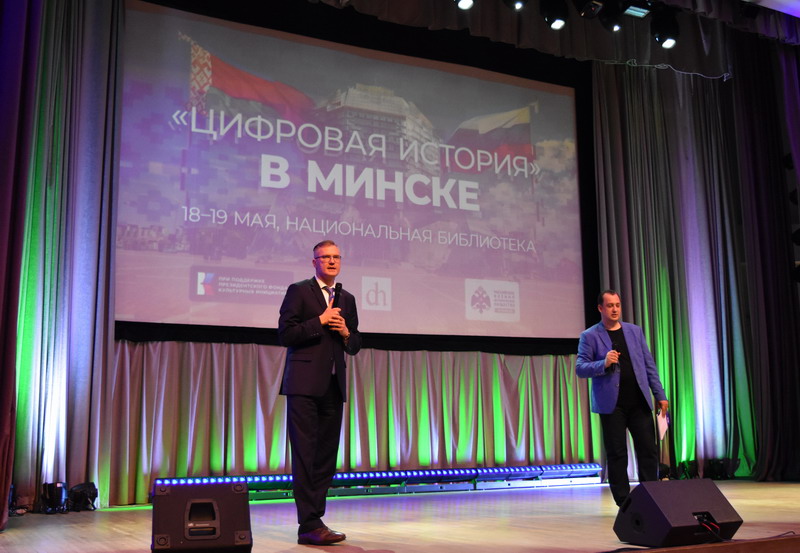From 13 August to 3 September, an exhibition "The today’s world: the cessation of nuclear weapon tests and elimination of nuclear weapons" dedicated to the International Day against Nuclear Tests runs in the Documents of International Organizations Reading Room (room 207g).
This day was established on 2 December, 2009 at the 64th session of the UN General Assembly (resolution 64/35). Now it is observed annually on 29 August. The choice of date was connected with the fact that one of the largest landfills in the world in Semipalatinsk (Kazakhstan) had been finally closed on this day in 1991.
The purpose of this holiday is to draw public attention to the dangers posed by explosions during the testing of nuclear weapons, to the threat posed by these tests for humans and the environment, as well as to the need for a complete elimination of all nuclear weapons and ending tests in order to achieve a more secure and lasting peace.
The history of nuclear testing has begun since 16 July, 1945 at the test site in the desert at Alamogordo, New Mexico, when the United States exploded its first atomic bomb. The Soviet Union conducted the first test of an atomic bomb on 29 August, 1949. This day marked the beginning of the period of the nuclear arms race, or the "cold war" between the USSR and the United States. Since that time, almost 2 000 nuclear tests have taken place. Nuclear explosions were carried out in all environments: above ground, underground and underwater.
Hindsight and history have shown us the terrifying and tragic effects of nuclear weapons testing, especially when controlled conditions go awry. These effects were the convincing arguments in favor of the need for joint efforts of the United Nations, Member States, intergovernmental and non-governmental organizations in order to prevent further nuclear tests.
The international instrument to put an end to all forms of nuclear testing is the Comprehensive Nuclear-Test-Ban Treaty (CTBT) which has however yet to enter into force. It was adopted by the General Assembly of the United Nations on 10 September, 1996. To date, 183 countries have signed the treaty and 159 have ratified it. For the treaty’s entry into force, it must be ratified by a number of States with significant nuclear capabilities, such as China, North Korea, Egypt, India, Indonesia, Iran, Israel, Pakistan and the United States.
While the general consensus within the international community is that nuclear weapons testing poses life-threatening risks, there still exists to some degree a mind set of one-upmanship among States and a lingering suspicion of the possibility of clandestine nuclear weapons testing. There is also a concern that if nuclear weapons can not be tested their reliability may be in jeopardy. However, over the years, science and technology have advanced exponentially boosting the capacity to monitor and verify compliance mechanisms and nuclear weapons proliferation detection. These activities and tracking tools have been initiated and developed by the Comprehensive Test-Ban Treaty Organization (CTBTO) Preparatory Commission. The CTBTO’s unique monitoring system provides States with confidence that no nuclear explosion will escape detection. However, nothing can play as crucial a role in avoiding a nuclear war or nuclear terrorist threat as the total elimination of nuclear weapons. Nuclear disarmament, which UN Secretary-General Ban Ki-moon has described as a “global public good of the highest order” holds the key to peace and security.
The exhibition features more than 70 documents in Russian, English and German: books, periodicals and booklets.
The exhibition includes the following sections:
- History of the creation of nuclear weapons. Nuclear testing. The nuclear arms race.
- Nuclear disarmament and non-proliferation of nuclear weapons.
- Cessation of nuclear testing. The Comprehensive Nuclear Test Ban Treaty.
- International legal acts and agreements aimed at non-proliferation, reduction and elimination of nuclear weapons tests.
The exhibition will be of interest to specialists in the field of disarmament and security, nuclear energy, international relations, and political scientists, ecologists, sociologists, students and university professors.
Useful links
- International Day against Nuclear Tests
- Ending Nuclear Testing
- Nuclear disarmament and non-proliferation
- Relevant UN Bodies
- Nuclear safety
- Disarmament
- Conference of the Parties to the Treaty on the Non-Proliferation Treaty Review (NPT):
- Disarmament Week (24–30 October)
Treaties on nuclear weapons and other documents
- Zone Treaty, free of nuclear weapons in Central Asia (2006)
- Code of Conduct on the Safety and Security of Radioactive Sources (2004)
- Agreement to Regulate the Relationship between the United Nations and the Preparatory Commission for the Comprehensive Nuclear Test Ban Treaty (2000)
- Comprehensive Nuclear Test Ban Treaty (1996)
- African Nuclear Weapon-Free-Zone Treaty (1996)
- Southeast Asia Zone Treaty (1995)
- South Pacific Nuclear Free Zone Treaty (1985)
- Declaration on the Prevention of Nuclear Catastrophe (1981)
- Declaration on International Cooperation for Disarmament (1979)
- Final Document of the first special session of the General Assembly devoted to disarmament (1978)
- Agreement on the Prohibition of the seabed and ocean floor and subsoil thereof, of nuclear weapons and other weapons of mass destruction (1970)
- Treaty on Principles Governing the Activities of States in the Exploration and Use of Outer Space, including the Moon and Other Celestial Bodies (1967)
- Agreement on the Prohibition of Nuclear Weapons in Latin America and the Caribbean (1967)
- Treaty Banning Nuclear Weapon Tests in the Atmosphere, in Outer Space and Under Water (1963)
- Declaration on the conversion to peaceful needs of the resources released by disarmament (1962)
- Declaration on the Prohibition of the use of nuclear and thermonuclear weapons (1961)
- Antarctic Treaty (1959)
 |
 |
 |
 |










